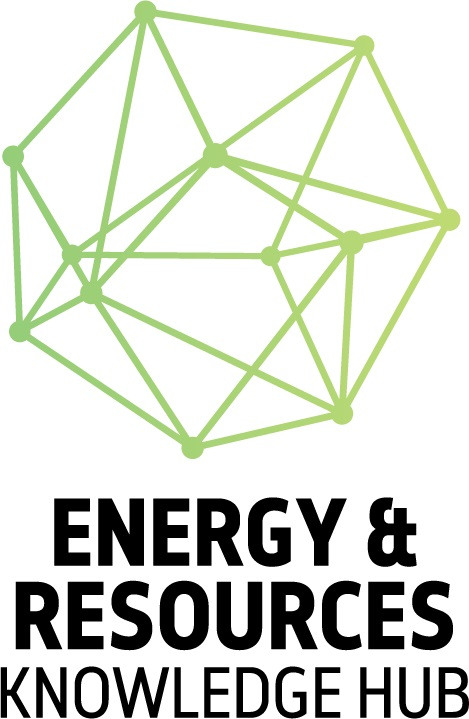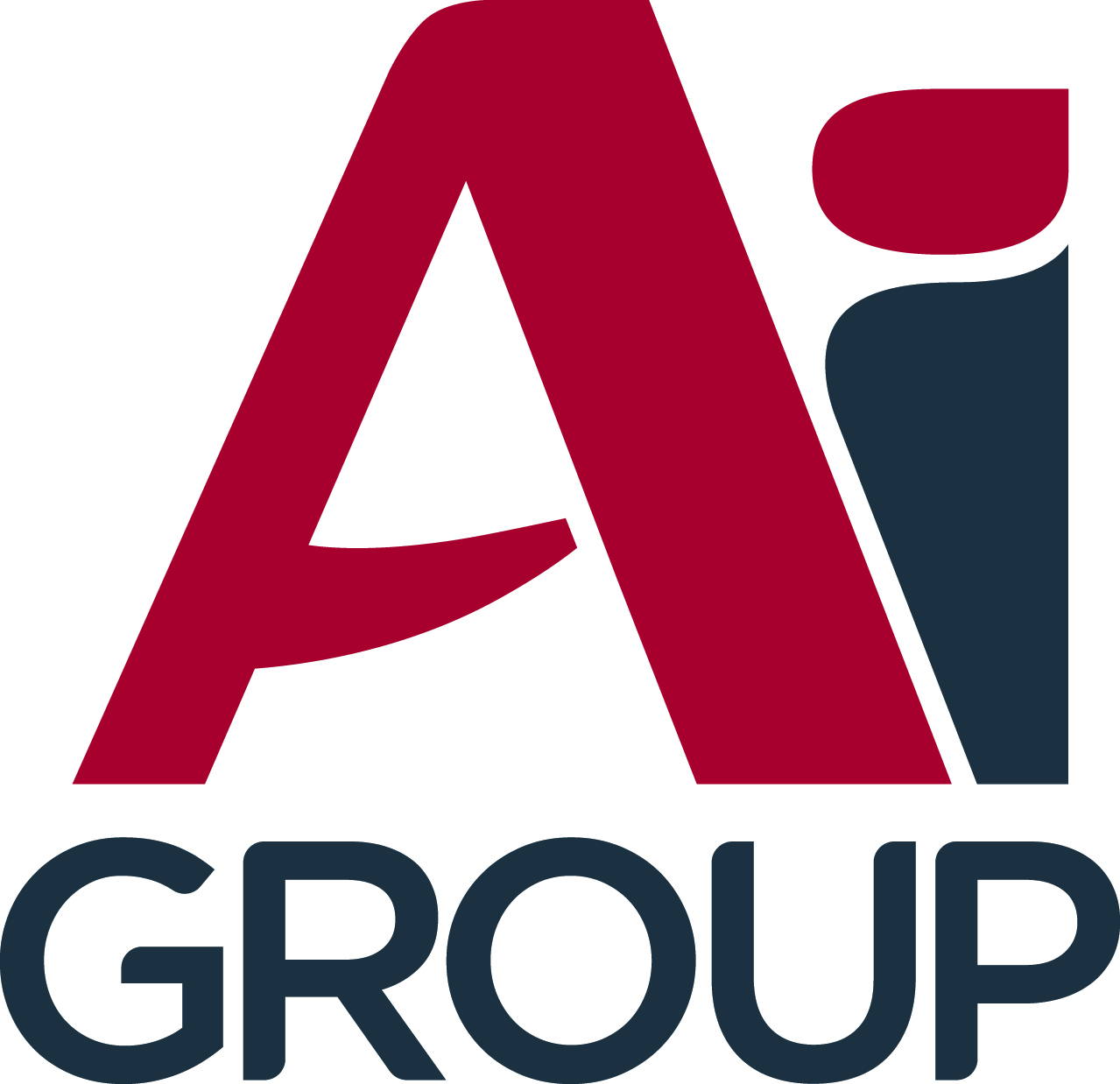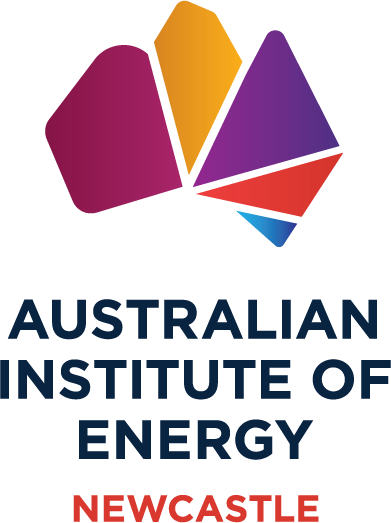Energy Renaissance and HCB Solar transform energy management for City of Newcastle
A recent collaboration has delivered an innovative battery storage solution for the City of Newcastle’s administration building, supporting renewable energy goals and future-proofing urban infrastructure.

Tomago based battery innovators Energy Renaissance, in partnership with Cardiff's HCB Solar, has successfully delivered a clean energy project for the City of Newcastle’s (CN) main administration building. The installation includes an outdoor battery system and a rooftop solar array, addressing the growing need for sustainable energy solutions to support electric vehicle (EV) charging infrastructure and meet broader sustainability targets.
The project features a Renaissance superRack battery system equipped with a 50kW Sungrow inverter, a 75kWp rooftop solar system, and three 25kW SolarEdge inverters. This combination is designed to generate up to 44.9MWh of energy annually, based on 365 battery discharges per year. Integrated with Renaissance’s superEMS energy management software, the system optimises energy usage, ensuring efficient demand management and reducing reliance on traditional power sources.
Marnie Kikken, Executive Manager Environment & Sustainability at the City of Newcastle, spoke of the importance of the city's investment in new energy: “City of Newcastle (CN) has proudly been powered by 100% renewable electricity for its operations since 2019 through the installation of a 5MW solar farm and a renewable energy power purchase agreement with the 270MW Sapphire wind farm in the New England region of New South Wales."
"We’ve also installed 818KW of solar and 326kWh of battery storage at 13 of our sites, generating 1GWh each year to reduce our reliance on the grid and cut energy costs. The addition of Energy Renaissance’s battery energy storage system at our main administration building further optimises our energy use by managing demand more efficiently and bringing down our energy costs.”
The project overcame the complexities of implementing energy storage in an urban environment. With limited ground space and high land costs, the rooftop of the administration building car park was identified as the ideal location. The lightweight Renaissance superRack enclosure, which was craned into position fully assembled, allowed for a seamless installation. This approach avoided the need for structural modifications, as the system’s weight was within the tolerance of a standard car.
The system’s primary role is to manage the additional energy demand from public EV chargers. By scheduling battery discharges and optimising solar exports during weekends when energy consumption is lower, the solution reduces strain on the grid while enhancing the financial performance of the solar system. These features align with CN’s Climate Action Plan, which targets a transition to 100% renewable energy by 2030 and supports the expansion of public EV charging networks.
This project demonstrates how customised energy storage systems can address the challenges of managing renewable energy in dense urban settings. By integrating advanced battery technology with rooftop solar, the City of Newcastle has taken another step towards achieving its sustainability goals while reducing energy costs.
Energy Renaissance’s Managing Director, Brian Craighead, noted, “This project exemplifies the potential of Australian-made clean energy solutions to transform urban energy management. The collaboration with HCB Solar and the City of Newcastle highlights what’s possible when we work together to create sustainable outcomes for local communities.”












